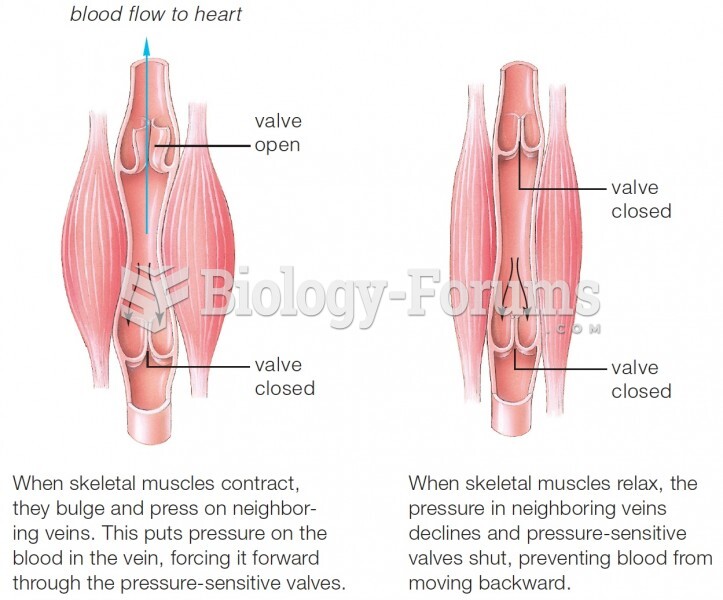|
|
|
Did you know?
The U.S. Preventive Services Task Force recommends that all women age 65 years of age or older should be screened with bone densitometry.
Did you know?
During the twentieth century, a variant of the metric system was used in Russia and France in which the base unit of mass was the tonne. Instead of kilograms, this system used millitonnes (mt).
Did you know?
The FDA recognizes 118 routes of administration.
Did you know?
Approximately 500,000 babies are born each year in the United States to teenage mothers.
Did you know?
Earwax has antimicrobial properties that reduce the viability of bacteria and fungus in the human ear.






